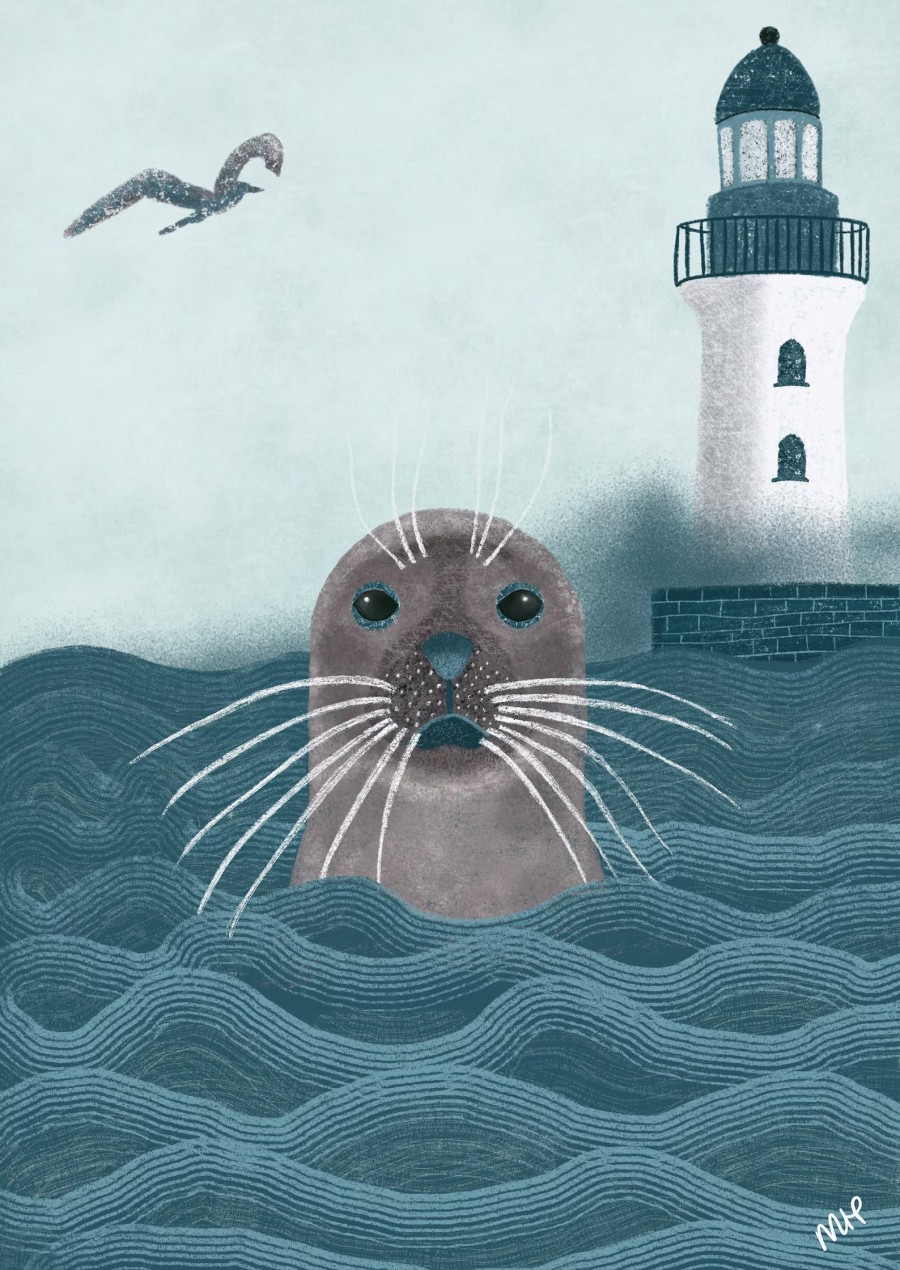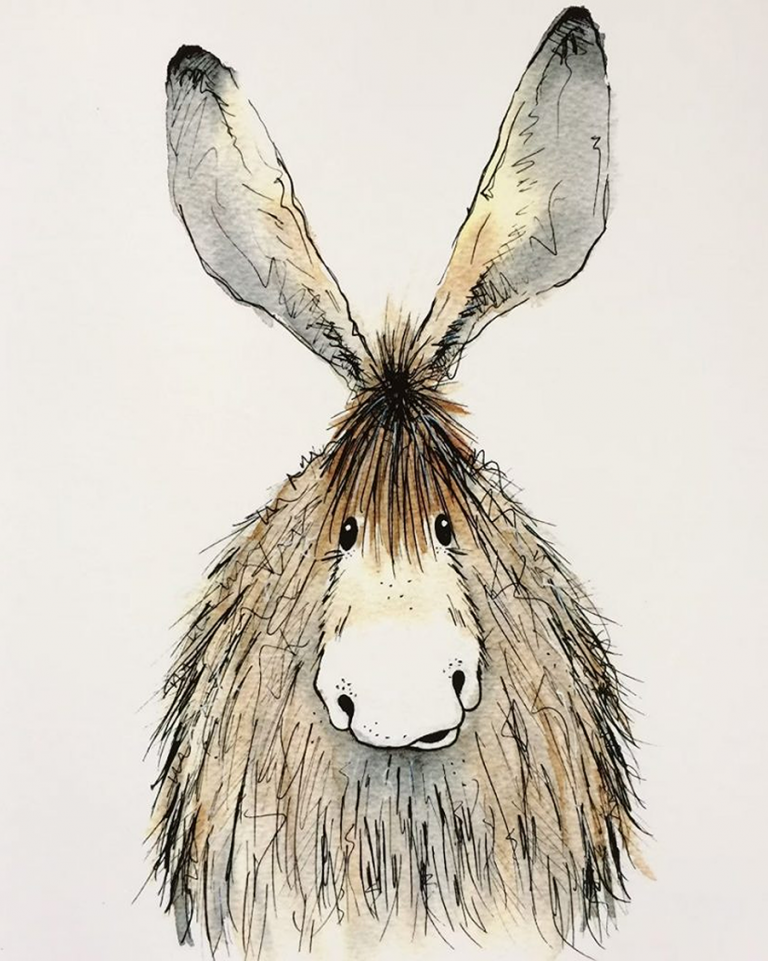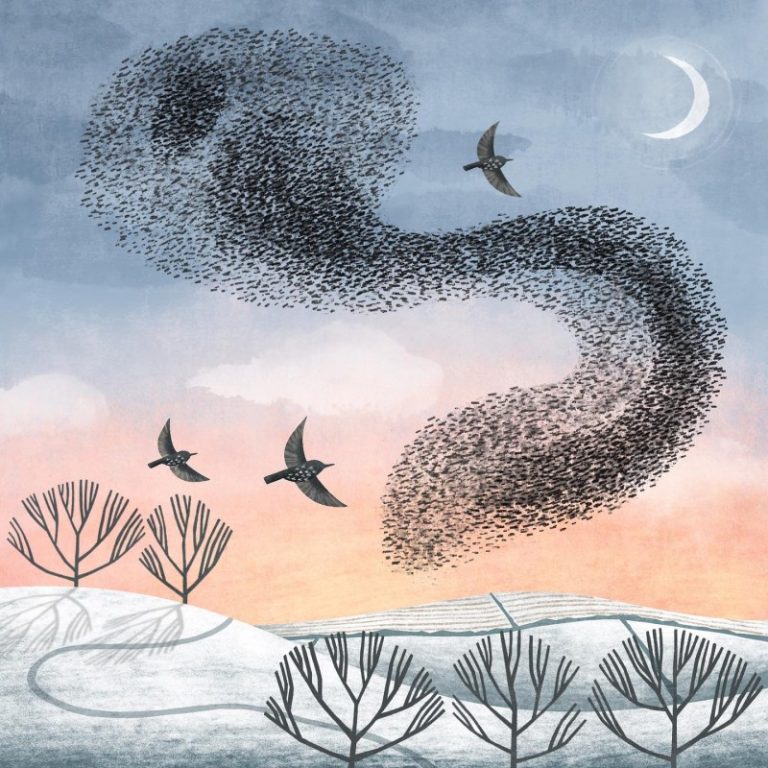
Jet skiing has become a popular way to enjoy time on the water, drawing more people to lakes, rivers, and coastal areas. While it’s a fun sport, jet skis can cause problems for birds and marine life. The noise and speed disrupt their natural behaviours and habitats, which can lead to long-term harm.
Driving a jet ski through water, can also separate mother creatures from their offspring.
If you find someone irresponsibly using a jet ski (driving through wildlife or gulls), report to the police and British Divers Marine Life Rescue, it’s illegal to intentionally disturb any wildlife (including marine wildlife) under UK law.
Read our post on post on keeping dogs safe by the seaside. Don’t walk on sand dunes, to avoid disturbing nests and native wildlife like natterjack toads). Also don’t disturb seals or other marine wildlife.
- In Looe (Cornwall), locals put up warning signs, to protect its Atlantic grey seal population.
- Hundreds of people have objected to the issue of personal water craft licenses in Deben Estuary (Suffolk), which could harm local wildlife.
- In Northern Ireland, things have gone further, with an outright ban on jet skis in some areas, to protect wildlife (after reports of harm and anti-social behaviour).
How Jet Skis Affect Birds and Marine Wildlife
Jet skis may seem harmless, but their impact on wildlife is significant. The noise, speed, and wake created by these watercraft disturb animals in various ways. From interrupting vital communication to damaging fragile habitats, jet skis create challenges that wildlife cannot easily overcome. Here’s a closer look at what happens when jet skis roam near marine and coastal bird life.
Noise Pollution and Stress Responses in Wildlife
The roar of a jet ski engine is hard to ignore, but for marine mammals and birds, it can be terrifying. Loud, sudden noises cause stress and anxiety, making it difficult for animals to go about their daily lives.
For example, dolphins rely on sound to communicate, navigate, and hunt. Noise pollution from jet skis interferes with these vital signals, often causing the dolphins to swim away or change their normal behaviour. This can interrupt feeding or socialising, which matter for their survival.
Similarly, nesting sea birds are sensitive to noise disturbances. When jet skis buzz too close, birds may abandon their nests temporarily or permanently. This leaves eggs or chicks vulnerable to predators or harsh weather conditions. The constant disturbance also raises stress levels in adult birds, affecting their ability to care for their young.
Physical Disruptions and Habitat Damage
Jet skis don’t just make noise. Their speed creates powerful wakes that crash into shorelines and shallow waters, changing the environment in harmful ways. These wakes erode beaches and damage plants that protect the coastline.
Shallow waters near shores often serve as nurseries for young fish and feeding grounds for birds. When wakes stir up sediment and uproot vegetation, these critical habitats get destroyed.
The consequences stretch beyond just the water’s edge:
- Juvenile fish lose shelter and food sources, reducing their chances to grow.
- Nesting birds find fewer safe spots to lay eggs.
- The overall ecosystem weakens, affecting a wide range of species that depend on stable habitats.
Risk of Injury to Marine and Bird Species
Jet skis moving at high speeds increase the danger of collisions with wildlife. Animals such as sea turtles and manatees, which often surface for air, may not see or hear the fast-approaching craft in time to avoid accidents. These collisions can cause severe injuries or even death.
Birds are also at risk. Birds flying low over the water or resting on the surface can get hit or disturbed, causing injuries or forcing them away from vital resting spots.
Some common incidents include:
- Sea turtles with damaged shells from jet ski strikes.
- Manatees suffering wounds or bruises.
- Birds experiencing broken wings or other injuries from sudden encounters.
The danger is real and often goes unnoticed because these accidents happen underwater or in remote areas. Avoiding jet skis near wildlife areas helps reduce these risks and gives animals a chance to thrive without unnecessary harm.
Why Birds Are Especially Vulnerable
Birds that live near coasts and marine habitats depend on quiet, stable environments to breed, feed, and rest. Jet skis disrupt these environments with noise and bursts of movement. When birds face constant disturbances, it affects their behaviour and survival chances in crucial ways. Here’s how jet ski activity directly harms birds in sensitive wildlife areas.
Disruption of Nesting Sites and Breeding Cycles
Nesting birds need peace and stability to hatch and raise their young. Sudden noise and fast-moving jet skis near nesting sites scare birds away. When birds abandon nests, eggs or chicks can get cold or fall prey to predators.
Many shorebirds and seabirds build their nests right on sandy beaches or coastal rocks. These open locations leave eggs and hatchlings exposed. If adult birds keep getting startled, they may leave nests unattended or even abandon them altogether. The constant interruptions lower breeding success, endangering local populations.
In some cases, repeated disturbances can cause birds to stop breeding in certain areas entirely. For species already under pressure, such as terns or oystercatchers, losing nesting sites can impact numbers significantly.
Impacts on Feeding Behaviour and Energy Expenditure
Feeding time is essential for birds to build strength and feed their young. Jet skis moving across feeding grounds push birds into flight. This means they have to, again and again, use up energy flying away rather than eating.
Repeated disturbances cut into feeding efficiency. Birds might only manage short feeding periods before being scared off. Over time, this reduces the amount of food they consume and forces them to use extra energy flying back and forth.
This cycle of interruption wears birds down. When it happens during breeding season, parents may not keep up with the high energy needs of their chicks. Migratory species suffer too, as they need to refuel during stopovers. In essence, jet ski traffic makes feeding stressful and less productive, impacting bird health and survival.
Both the disruption of nesting and feeding show why coastal birds are particularly vulnerable. Protecting quiet, safe areas free from jet ski disturbance helps birds thrive, especially during their most sensitive life stages.
How Jet Ski Activity Affects Marine Wildlife
Jet skis bring noise, speed, and sudden movements to marine environments that are often quiet and calm. This disruption affects a variety of animals living in and around the water. From dolphins and seals to sea turtles and slow-moving creatures, jet skis disturb essential behaviours and habitats.
These interruptions can have lasting consequences on wildlife health and survival, which is why it’s important to understand these effects and choose quieter ways to enjoy the water.
Effects on Marine Mammals
Marine mammals like dolphins and seals depend heavily on sound and calm surroundings to thrive. Jet skis generate loud engine noises that carry through the water and break the natural acoustic environment. This noise makes it hard for these sensitive species to communicate, find food, or navigate safely.
Dolphins use echolocation to hunt and stay in contact with their group. When jet skis roar nearby, dolphins often swim faster or dive deeper, sometimes leaving important feeding or breeding areas. This sudden change in behaviour isn’t just a small inconvenience. It can increase stress levels and reduce feeding success, which affects their overall health.
Seals also face problems from jet skis. These animals haul out on beaches or rocks to rest and care for their pups. Loud noises and close jet ski passes can scare seals into the water before they are ready, disrupting rest and increasing the risk to young pups. Repeated disturbances can cause seals to abandon traditional haul-out sites, reducing safe spaces for the animals.
Physical proximity to fast-moving watercraft adds another layer of danger. A jet ski passing too close can cause injury or force mammals into unsafe waters hurriedly. Unlike boats, jet skis stop abruptly and turn sharply, which often catches these animals off guard.
Threats to Sea Turtles and Other Slow-Moving Species
Sea turtles and other slow-moving marine creatures face risks that go beyond noise. Their slower speeds and predictable behaviours make them vulnerable to collisions. Fast jet skis racing through waters where turtles surface to breathe or move can cause serious harm or death.
Nesting beaches also face threats from jet ski activity. Many sea turtle species return to the same sandy beaches each year to lay eggs. This process requires quiet, stable areas free from disturbance. Jet skis near these beaches can cause turtles to abandon their nesting efforts or deter hatchlings as they make their way to the sea.
Other slow-moving creatures, like certain crab species and bottom-dwelling fish, also lose out. The wakes caused by fast jet skis stir up sediments in shallow waters, disturbing food sources and hiding spots. This damage to important habitats reduces survival chances for juvenile marine life that depend on these sheltered areas.
Here are key risks jet skis pose to slow-moving marine wildlife:
- Collisions: High speed makes avoiding jet skis difficult.
- Disruption of breathing or resting: Sea turtles and slow mammals rely on calm surfaces.
- Habitat disturbance: Sediment disturbance destroys shelter and feeding grounds.
- Nesting interference: Noise and presence near beaches deter reproductive behaviour.
Choosing to avoid jet skis in sensitive areas helps protect these vulnerable animals. These creatures thrive best in peaceful waters, where they can carry out essential life processes without sudden threats.
Choosing Wildlife-Friendly Activities
When you want to get out on the water, it’s wise to pick activities that create less noise and disturbance. Instead of jet skis, consider these options, which allow you to connect with nature without putting stress on wildlife:
- Kayaking: Quiet paddling lets you glide close to wildlife without scaring them away. It’s a peaceful way to explore shoreline habitats while moving slowly and gently.
- Paddleboarding: Like kayaking, paddleboarding keeps noise levels low.
- Eco-friendly boat tours: Many operators offer tours with electric or low-noise boats designed to reduce impact. These tours follow routes that avoid nesting areas and sensitive spots.
- Snorkelling and swimming: These activities let you enjoy marine life below the surface without any engine noise disrupting the environment.
These alternatives invite slower movement and less wake, which reduces coastal erosion and disturbance. By choosing them, you make time on the water a chance for peaceful observation rather than disruption.
Observing Local Rules and Protected Areas
Respecting rules made to protect wildlife is one of the simplest but most effective ways to enjoy water safely. Many areas have regulations that limit where and when motorised craft can operate. Here is why following them matters:
- Avoid sensitive habitats: Some locations are set aside as breeding or nesting grounds for birds and marine animals. Keeping clear of these zones means giving wildlife space to reproduce and feed without interruption.
- Stick to speed limits: Reduced speeds in certain areas minimise noise and wakes. This lowers stress on animals and reduces shore erosion.
- Heed seasonal restrictions: Many wildlife species have specific breeding seasons when they are more vulnerable. Seasonal bans on motorised craft keep disturbance at its lowest during these critical periods.
These rules are not just suggestions. They are based on years of research and local knowledge. Following them helps protect habitats that might otherwise be lost to escalating disturbance.
Promoting Awareness and Conservation Efforts
Protecting marine and bird wildlife is a responsibility everyone shares. After all, enjoying nature means preserving it for the future. Supporting local conservation and education efforts can make a real difference. Here’s how you can help:
- Join or support conservation groups: Many organisations work to protect coastal and marine environments. Your support—whether as a volunteer, donor, or advocate—helps fund habitat protection, research, and wildlife monitoring.
- Participate in educational programmes: Workshops, guided tours, and community talks spread awareness about the effects of disturbances like jet skiing near wildlife. They offer practical tips on how to reduce harm.
- Share knowledge: Informing friends and fellow water users about the importance of responsible recreation encourages a wider culture of respect for wildlife habitats.
These efforts create a stronger community of stewards who protect shorelines, birds, and marine animals. Small actions add up when many people choose to act with care.
Florida’s Actions to Save Manatees

Manatees are beautiful ‘sea cows’ that live in Florida and the Caribbean. But rather than do nothing to stop the many accidents with boats, Save the Manatee Club educates the public to avoid using jet-skis.
Manatees are gentle creatures who have to come up to breathe now and then, and as slow-moving beings, they often end up being run over by jet skis.
The organisation has public awareness materials for people to download and educate boat owners. And gives out free warning signs to Floridian home owners, who live on the waterfront. What a great idea that we could use here, to protect our own marine creatures.






